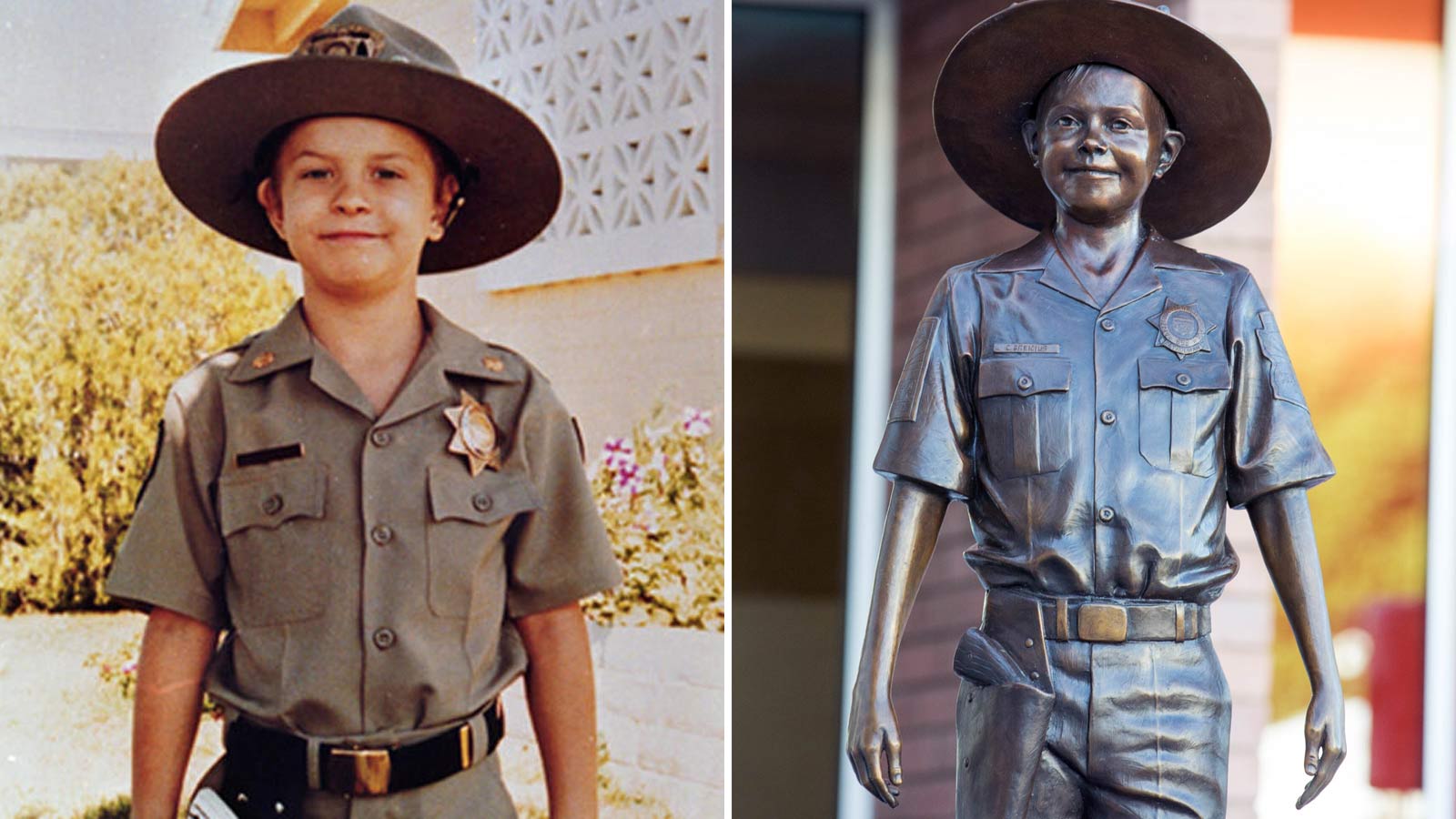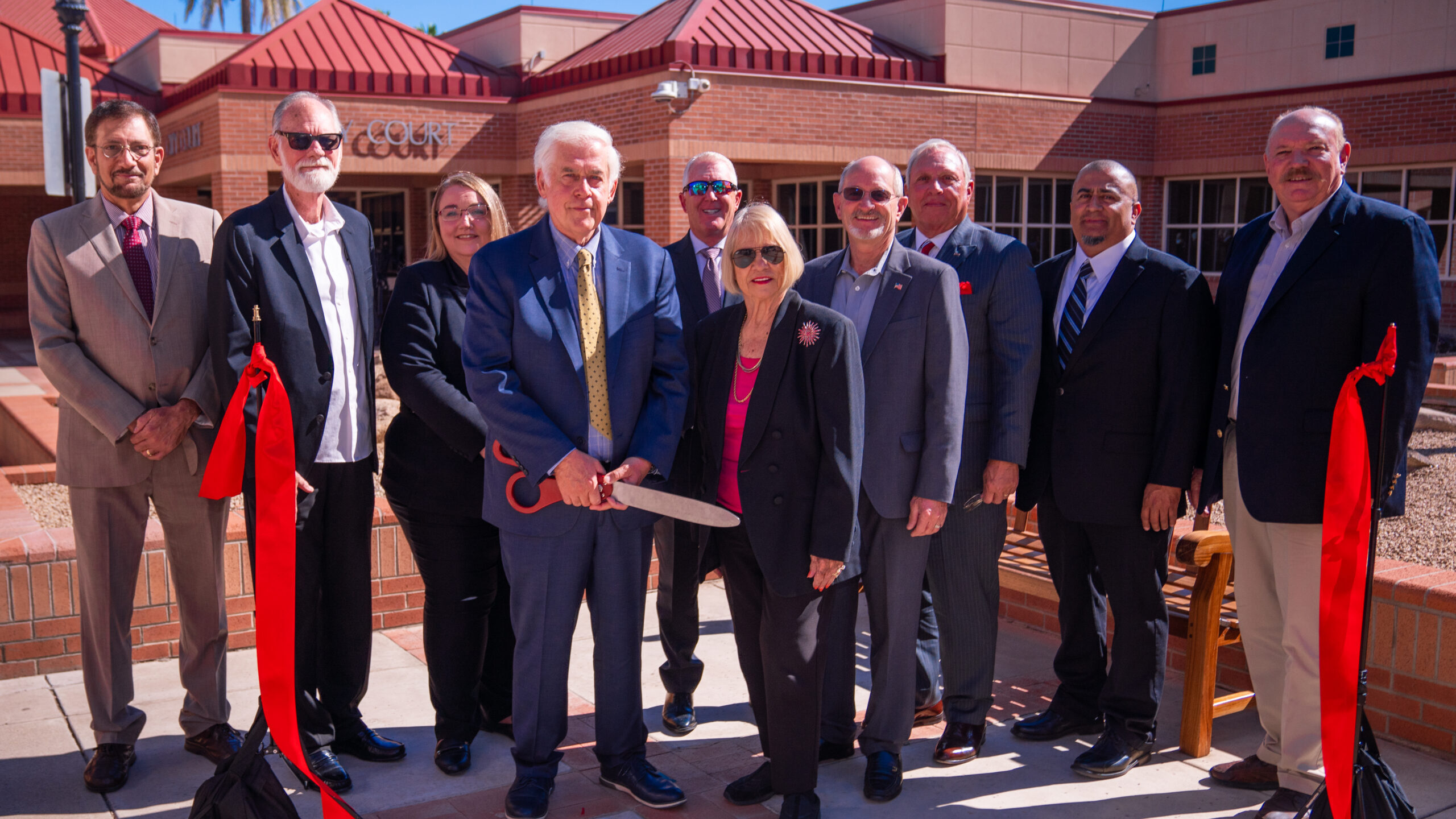GOP struggles to redefine party under electoral pressure
Jul 18, 2013, 5:00 AM | Updated: 5:00 am
When the U.S. Senate passed its immigration reform bill in June, it tossed a hot potato to Republican House leaders. Ever since the 2012 election, Republican elites have been buzzing about the Hispanic vote. Any missteps on immigration, they fear, may further squeeze a slim margin in national elections.
Romney’s 27 percent of Hispanic voters fell just short of John McCain’s already low 31 in 2008 and well short George W. Bush’s 40 in 2004. That failure didn’t cost the election outright but it played a key role.
Helpful advice comes from unlikely places, some with conflicts of interest. Sen. Chuck Schumer (D-NY) predicted in June that “the national Republican leadership will tell John Boehner if you don't pass a bill, then we are going to be a minority party for a generation.”
Most GOP elites agree with Schumer that the party must broaden its ethnic reach, and some hope passing the Senate immigration bill will allow the party to quickly start pounding pilings for a bridge to Hispanic voters. But not everyone agrees.
“There has been an effort to force Republicans to look at the loss through an ethnic or identity politics lens,” said Jay Cost, elections analyst for the conservative Weekly Standard. “But you could just as easily break down the vote among income groups, and say the Republicans lost just as badly.”
Those who resist the ethnic lens argue that the complex and cobbled-together immigration bill is a placebo, that the real answer is to reposition the party for the kind of struggling but aspiring working class white voters who surged to the polls in the GOP’s 2010 House victory but stayed home in 2012 when offered a wealthy Northeasterner with car elevators in his fourth home.
Those economically vulnerable whites, the argument goes, are not that different from the Hispanic voters who objected to Romney’s “self-deportation” faux pas. If the GOP finds the “missing white voter,” it will also scoop up at least the chunk of working and middle class minorities it needs.
Why the panic?
The urgency might seem odd for a party that controls the U.S. House and a solid majority of governorships and state legislatures. Not everyone is sounding alarms. Daily Beast correspondent Megan McCardle last week predicted that in 2017 the GOP would likely control the House, Senate and presidency. She said she would defer to the New York Times’ Nate Silver, who obliged this week by predicting that in 2015 the GOP would at least split control of the Senate.
So why the panic? The problem is that the GOP relies heavily on white voters, whose dominance has shrunk with each election cycle in the past 20 years. The white vote in 2012 fell to 72 percent of the whole, down from 74 in 2008 and 77 in 2004. The decline has been steady and significant: in 1992, the white vote was 87 percent of the electorate.
Romney got 59 percent of the white vote in 2012, the highest share since George H. W. Bush in 1988, but Romney still lost — the first to ever lose while scoring that level among white voters.
Supporters of the Senate immigration bill argue that the GOP must move quickly to embrace Hispanic voters. And the quickest way to Hispanic hearts, they think, is immigration reform.
Missing white voters?
Two high-profile conservative voices, National Review editor Rich Lowry and Weekly Standard editor Bill Kristol issued a joint statement last week arguing against the Senate bill. While acknowledging the GOP needs more Hispanic voters, they held that it is “most important that the party perform better among working-class and younger voters concerned about economic opportunity and upward mobility.”
“If you look at the exit polls,” said Sean Trende, elections analyst for realclearpolitics.com, “there is no drop off in the evangelical vote.” If so, it was not Romney’s religion that kept white voters home but rather his lack of populist appeal.
“Look at the ads Obama ran to reach out to blue-collar whites,” Trende said. “It was, ‘Mitt Romney is not one of us.’ ”
In a detailed four-part series with graphs, tables and layered projections of voter turnout and population growth, Trende recently argued that the GOP should focus first on “the missing white voter.” He called for “jettisoning the pro big-business, Wall Street-style conservatism that characterized the Romney campaign for something authentically geared more toward downscale voters.”
Trende’s target is the Ross Perot voter — lower on the socioeconomic rungs, vulnerable to economic downturns, fearful of competition from immigrants or free trade. Which is not to say that Trende opposes either trade or immigration, just that the GOP must find some way to reach and mobilize these voters.
Flash point
Trende’s analysis quickly became a flash point, drawing multiple rebuttals. Most critics honed in on his argument that an even higher GOP share of the white vote and higher white turnout should both be possible. GOP strategist Karl Rove countered in a Wall Street Journal op ed that “more white votes alone won’t save the GOP.” Similar reports appeared in left-leaning publications, all focusing on the white vote as a losing nostrum.
But conservative New York Times columnist Russ Douthat came to Trende’s defense, arguing his critics misunderstood him. Trende never meant to argue that recovering white voters was a solo solution, Douthat said. His point was simply that the “‘missing white voters’ are the lowest-hanging fruit for a party trying to rebuild itself, and that the kind of populist arguments that resonate with that constituency might actually offer the Republicans a better chance with minority voters in the longer run as well.”
That argument is buttressed by polls showing that Hispanic voters’ priorities closely overlap those of other voters. A recent Pew poll on Hispanic policy priorities, for example, showed education, jobs and health care all at over 50 percent, the federal deficit at 36 percent. Immigration came in fifth at 34 percent, barely ahead of taxes at 33.
Douthat argued that much of the pressure to pass the Senate immigration reform bill comes from Republicans looking for “as a brilliant-and-easy way to avoid any kind of broader rethinking on economics” and who are “pressing immigration reform on their co-partisans as the only conceivable alternative to swift political extinction.”
Visions of 1988
On Wednesday, Sean Trende and a handful of prominent policy and election wonks will meet at the Brookings Institution to hash out the future of the GOP and decide whether the immigration bill is the answer to the party’s woes. One of those on the panel will be Bill Galston, a Brookings fellow and a Democrat who knows very well what Republicans are going through.
In the late 1980s Galston worked with the Democratic Leadership Council, a coalition of centrist Democrats, mostly state and local leaders in the heartland, who had tired of their party losing presidential elections.
1988 was the Democrat’s third straight presidential loss. Discounting Jimmy Carter’s narrow 1976 victory, the last non-Watergate driven win for Democrats had been 1964 — nearly a generation of failure.
Democrats controlled both houses of Congress in 1989, of course, and they held a majority of governorships and state legislatures, much as Republicans do today.
But DLC Democrats felt the crisis was real.
“Democrats have ignored their fundamental problems,” wrote Galston in a seminal paper coauthored with Elaine Kamarck in 1989. “In place of reality they have offered wishful thinking; in place of analysis, myth.”
The problem, they argued, was that “liberal fundamentalism” had driven a wedge between the party and “the middle class, without whose solid support it cannot hope to rebuild a presidential majority.”
The DLC’s response was to push the party back to the center. A key player in the push was Bill Clinton, a moderate governor from conservative Arkansas who broke the Democrat’s supposed electoral curse in 1992 and 1996. Galston went on to become chief domestic policy adviser in the Clinton White House.
“We’ve seen the movie before,” Galston laughs.
Galston’s advice to the GOP today is an echo of his 1988 advice to his own party: The GOP should target downscale voters with a populist appeal. And like Trende and Douthat, Galston thinks “the kind of populist arguments that resonate with that constituency might actually offer the Republicans a better chance with minority voters in the longer run as well.”
Plenty of problems
In Galston’s view, Republicans have “backed themselves into a series of stances that are hard to sell to a majority of the American people.”
On economics, he says that supply side arguments for cutting taxes at the top to spur growth have lost favor with the public.
Budget slashing is also hard to sell, Galston argued. “It’s the sort of argument that works in the abstract,” he said, “but when you get to specifics you are in trouble.” This is especially true for the “downscale side of the Republican coalition,” he noted, who react very poorly to entitlement cuts.
And when the Republican presidential candidates were asked in a debate, Galston notes, if any of them would accept a 10:1 budget cuts to tax hikes compromise on the deficit, not a single one raised his or her hand.
Galston points to two other areas where he thinks the GOP has lost touch with the American voter. In foreign policy, he argues, “wars of choice” in Iraq and Afghanistan have turned off voters, erasing the Republican’s once powerful advantage on national security.
Meanwhile, on social policy, the GOP has become beholden to religious conservatives, a geographically narrow base focused on moral issues most swing voters either do not prioritize or favor.
Galston’s vision of a GOP future harks back to Clinton’s experience with the Democrats, pushing back at his party’s extremists — taking on its Sister Souljahs and thereby risking the ire of its Jesse Jacksons.
Galston thinks New Jersey Gov. Chris Christie could pull that kind of maneuver, but whoever does it will need to combine a visceral appeal to ordinary people with a more centrist worldview.
Even before you get to race and ethnicity, Galston said, “the Republicans have plenty of problems.”
The Weekly Standard's Jay Cost agrees. “In diagnosing the problems they experienced in 2012,” he asked, “why are Republicans looking at race and ethnicity? Whose ideas is that? Is it their idea? And is that the most obvious path to fixing the problem?”
Email: eschulzke@desnews.com![]()








